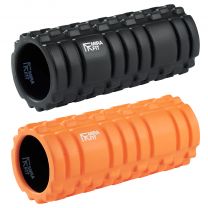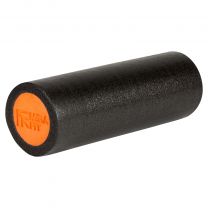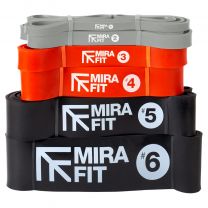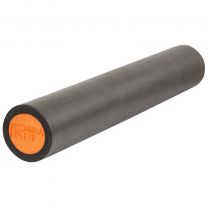Flexion Exercises for Greater Endurance
Flexion Exercises for Greater Endurance

In our excitement to start training, many of us skip the warm up and flexion exercises and jump straight to the fun stuff…lifting weight. Whilst it’s all well and good being able to lift more weight, the goal should also be to move well.
What is Flexibility?
Flexibility is the ability to move the joints and muscles through full range of motion without restriction. It’s commonly associated with exercise such as Yoga and Pilates, but you can improve your flexibility in a multitude of ways.
Benefits of Flexion Exercises For Your Training
The thing is, having a good range of motion is beneficial for everyone, regardless of age, sport, or training type. Aside from a training perspective, if you can move well, then you’re less likely to get injured on a day-to-day basis and will have a better quality of life. That being said, there can be benefits to your training if you perform flexion exercises -
It Improves Your Lifting Technique
In order to be able to lift well you need to have good mobility. This is a combination of being strong and flexible. For example, to perform a barbell back squat you need to have a good range of motion in your thoracic spine, hips, knees, and ankles. Without range you won’t be able to squat as low and therefore won’t reap the full benefits of the exercise. Being able to squat low means you’ll be putting the quadriceps and gluteal muscles through max effort.
It Feels Good
Flexion exercises are physically beneficial, but they can also help mentally with your training. After an intense session, stretching can help to relieve any tightness built up and help you wind down. A workout builds adrenaline and can leave you feeling ‘pumped’. In order to wind down and allow your heart rate to lower, you can include stretches at the end of a session.
It Reduces Injury Risk
When the muscles are overly tight it can lead to injury. This is where flexion exercises are essential. For weightlifters, an injury means weeks, if not months out from training which can have a detrimental impact on both your mental and physical health.
Back Flexion Exercises
Back pain is the single largest cause of disability in the UK and affects around one third of the population. When thinking about the back, most people focus solely on the lower back as a problem area, however the mid and upper back can also benefit from flexion exercises. For example, having tight latissimus dorsi can impede overhead movements such as an overhead press and overhead squat. Therefore, you should practise flexion exercises that target different areas of the spine.
Foam Roller Wall Raise
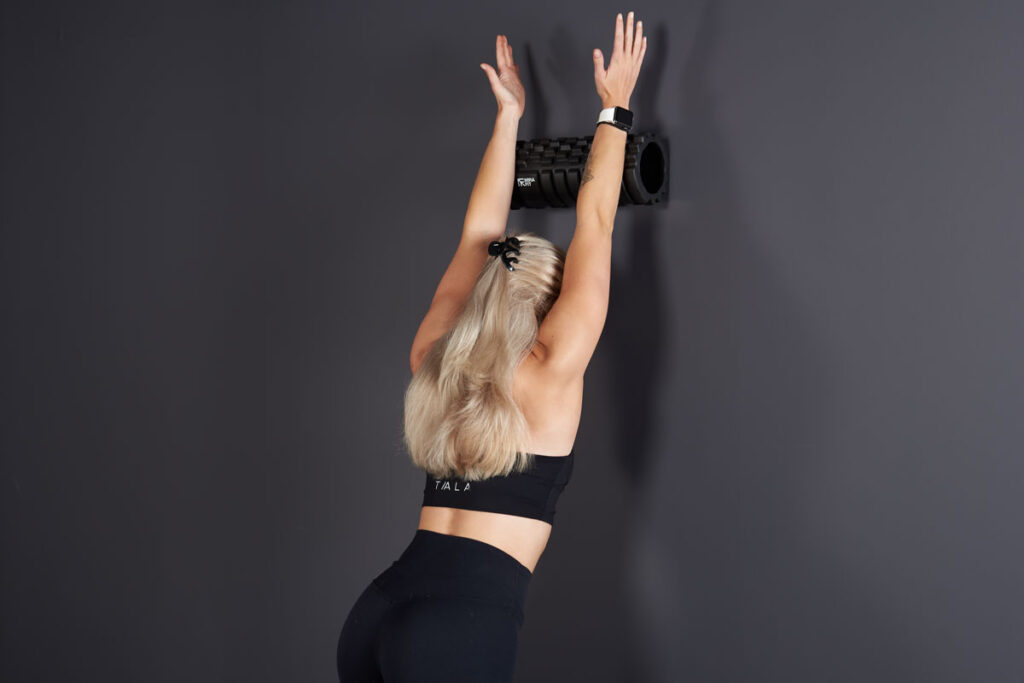
• Place the Foam Roller against a wall and place your wrists onto the roller, with your thumbs pointing towards your face.
• Take a staggered stance with your legs so one foot is placed close to the wall and the other slightly further behind.
• Using your arms, roll the foam roller up the wall until your arms are fully extended. Your arms should form a V shape as you move the roller up the wall.
• Roll back down to the starting position and repeat.
Supine Spinal Twist
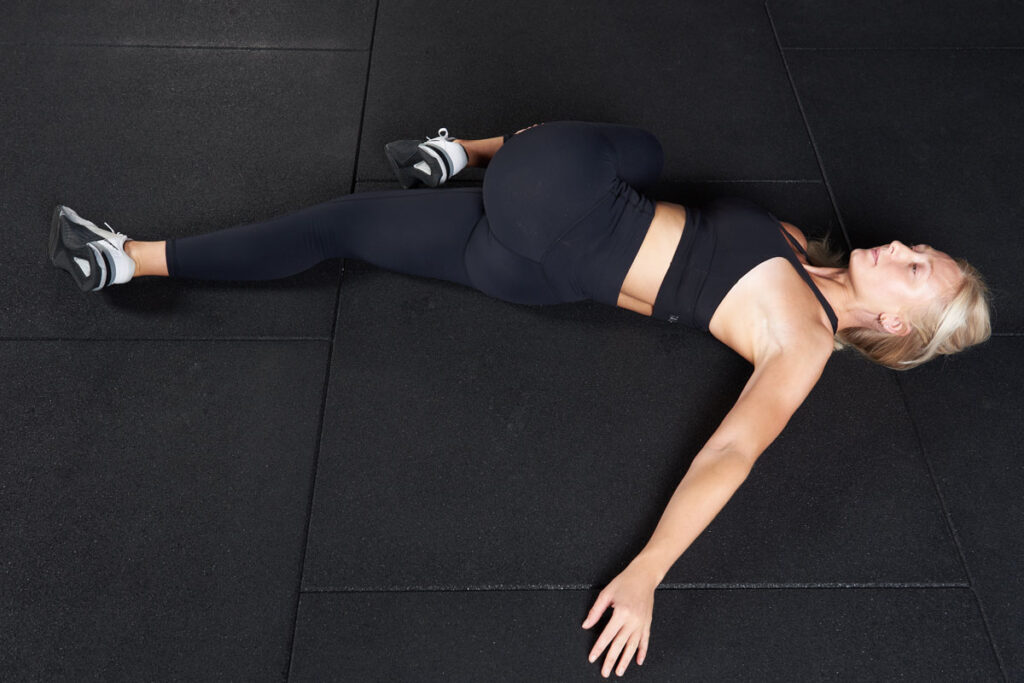
• Lie down on your back and hug your left knee into your chest.
• Extend your right hand out to the side of your shoulder and place your left hand on top.
• Extend your right hand out to the side of your shoulder and place your left hand on top.
• Slowly lift your left arm off your right and move it across to the opposite side of your body until it touches the floor on the other side, then return and repeat.
Shoulder Flexion Exercises
Another common area for injury is the shoulders, and the reason is twofold. First of all, due to the sedentary nature of many people’s jobs, over the years rounded shoulders and tight chest muscles have become more common. As a result, muscular imbalance occurs. A further problem is the nature of the joint, the shoulder is a ball and socket joint and the most mobile in the body. This means that we can move it in many ways, but this also means it’s much more likely to become unstable.
W/Y Wall Slides
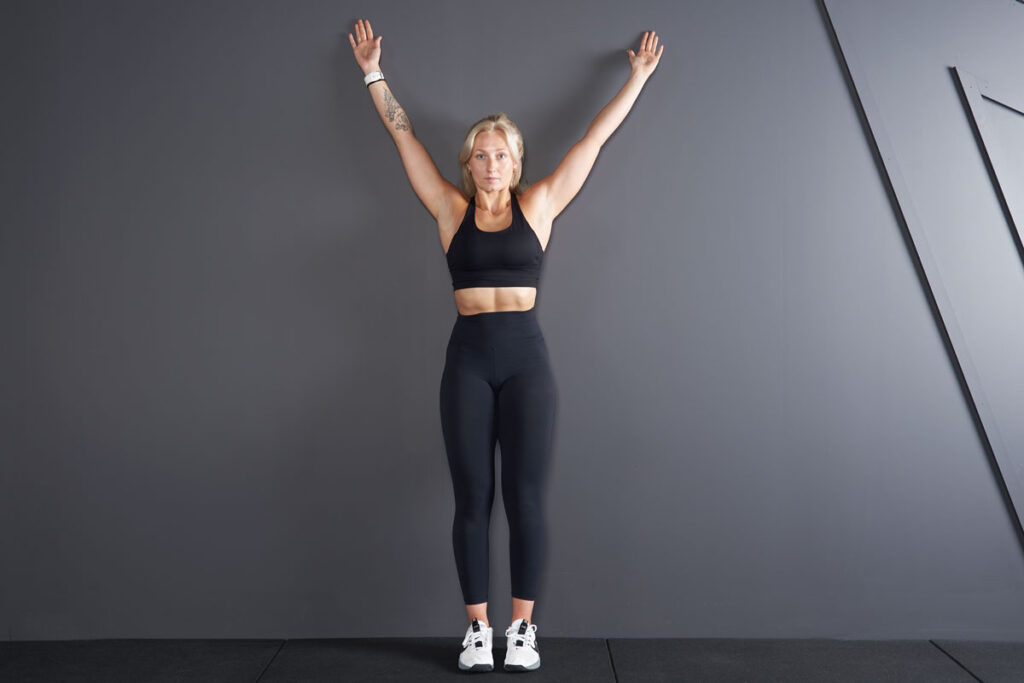
• Place your back flat against a wall and tuck your tailbone under to reduce the gap between your lower back and the wall.
• Bring your arms by the side of your body on the wall to create a W shape, with your elbows bent and hands at shoulder height.
• Slowly slide your arms up the wall until they're straight and form a Y shape. Your back should continue to stay pressed against the wall.
• Slide your arms back down and repeat.
Resistance Band Dislocates

• Hold a light Resistance Bands at either end in front of your chest.
• With a slight bend in the arms, begin to lift the band overhead and down your back until it reaches your lower back.
• Without bending your elbows, reverse the movement until the band returns to your chest.
If you want to improve your performance and increase training longevity, then it’s time to start implementing flexion exercises into your routine. It might increase the time you spend working out, but it’s definitely worth it.
Written by guest author Eryn Barber.
For more content, follow us on Instagram, YouTube, TikTok, and on our official Mirafit Facebook page.
Enter your email to signup to our newsletter

